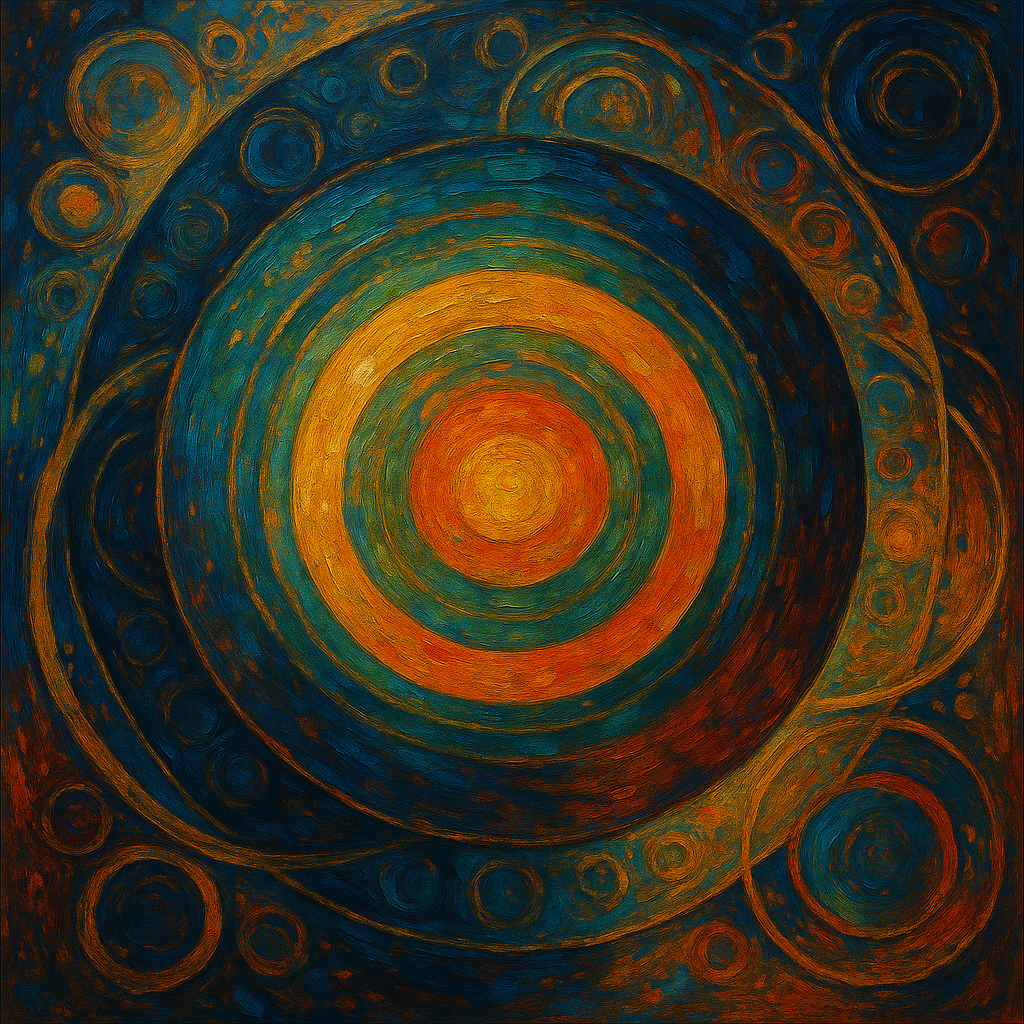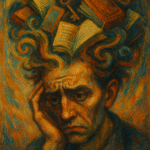Circles have captivated artists and audiences for centuries, carrying profound meaning and symbolism throughout various artistic movements. The symbolism of circles in art can represent concepts ranging from eternity and unity to boundaries and cycles of life. In this article, we will delve deep into the various interpretations and significance of circular forms across different artistic disciplines.
Understanding the Symbolism of Circles
The significance of circles in visual arts is deeply rooted in both ancient and modern artistic practices. While the circular form is simple, its implications can be extensively complex. Here are some key insights:
* Eternity and Wholeness: Circles symbolize eternity due to their continuous, unbroken nature. They have no beginning and no end, reflecting the concept of infinite cycles and the wholeness of existence.
* Unity and Harmony: In many cultures, circles embody unity and the idea of bringing people together. They are often used in structures that require cohesion, thus reinforcing collective identity.
To explore the importance of circles further, we must look at their artistic representation across different genres. Let’s examine how circles appear in various art forms, including contemporary artists who utilize this shape effectively.
The Importance of Circles in Art
Circles in Abstract Art
Abstract artists have extensively employed circular shapes to convey emotions and ideas without relying on direct representation. Prominent artists like Wassily Kandinsky and Hilma af Klint used circles aesthetically and symbolically.
* Color and Emotion: For Kandinsky, circles were pivotal in expressing spiritual and emotional depth. His circle motifs in art create a visual experience, invoking feelings rather than depicting reality.
* Spiritual Significance: In the works of Hilma af Klint, circles grew to symbolize spiritual wisdom and universal truths. These representations invite the audience to reflect on their understanding of reality and existence.
Artistic Representation of Circles
Circles in Visual Arts Across Cultures
The artistic representation of circles extends beyond Western art. Asian and Indigenous cultures frequently use round shapes. For instance:
* Mandala Art: In various spiritual traditions, mandalas serve as a representation of the universe. The intricate circular patterns promote mindfulness and meditation and signify the journey of life.
* Celtic Art: Celtic symbols often feature intricate circular patterns, emphasizing unity and regeneration. The wheel is prominent in showcasing life’s cycles within this cultural framework.
Circle Shapes in Contemporary Art
Today, circle shapes in contemporary art manifest in diverse forms. Artists like Damien Hirst and Yayoi Kusama use circles iconically.
* Contemporary Installations: Hirst’s installations involve circular forms that challenge viewers’ perception of death and life’s realities.
* Infinity Rooms: Kusama’s rooms filled with polka dots illustrate boundless space, utilizing circle shapes to create an immersive experience of infinity.
The Meaning of Circles in Art
The meaning of circles in art is not monochromatic. Here are some perspectives:
* Circle Symbolism and Boundaries: Circles can create boundaries yet often denote inclusiveness. Art can exemplify this duality, enclosing space while embodying freedom.
* Circle Symbolism in Rituals: In many religions, circles have been integral to spiritual rituals, symbolizing connection with subtler realms.
Circular Patterns in Art
Circular patterns recur in art visually and conceptually, emphasizing rhythm within artwork. Here are notable attributes:
* Movement and Flow: Circles embody dynamism in illustrating movement, guiding the observer’s eye through the artwork.
* Balance and Symmetry: Circle patterns contribute to achieving balance in compositions, enhancing aesthetic appeal and harmony.
Conclusion: Embracing the Symbolism of Circles in Art
In conclusion, the symbolism of circles in art is remarkably multifaceted. As you appreciate art, consider how circles invite deeper understanding and connection. They remind us of our place in the universe, the cyclical nature of life, and the power of unity.
Whether you’re an artist, admirer, or simply curious, recognizing the significance of circles in visual arts opens a broader perspective on creativity and existence. Don’t hesitate—explore artworks around you and discover the circles’ hidden meanings!
If you want to delve deeper into this fascinating subject, learn more about the manifestations of circular symbolism in various art forms. Check out extraordinary collections in museums or galleries near you or consider starting your art journey to explore circular motifs creatively.


